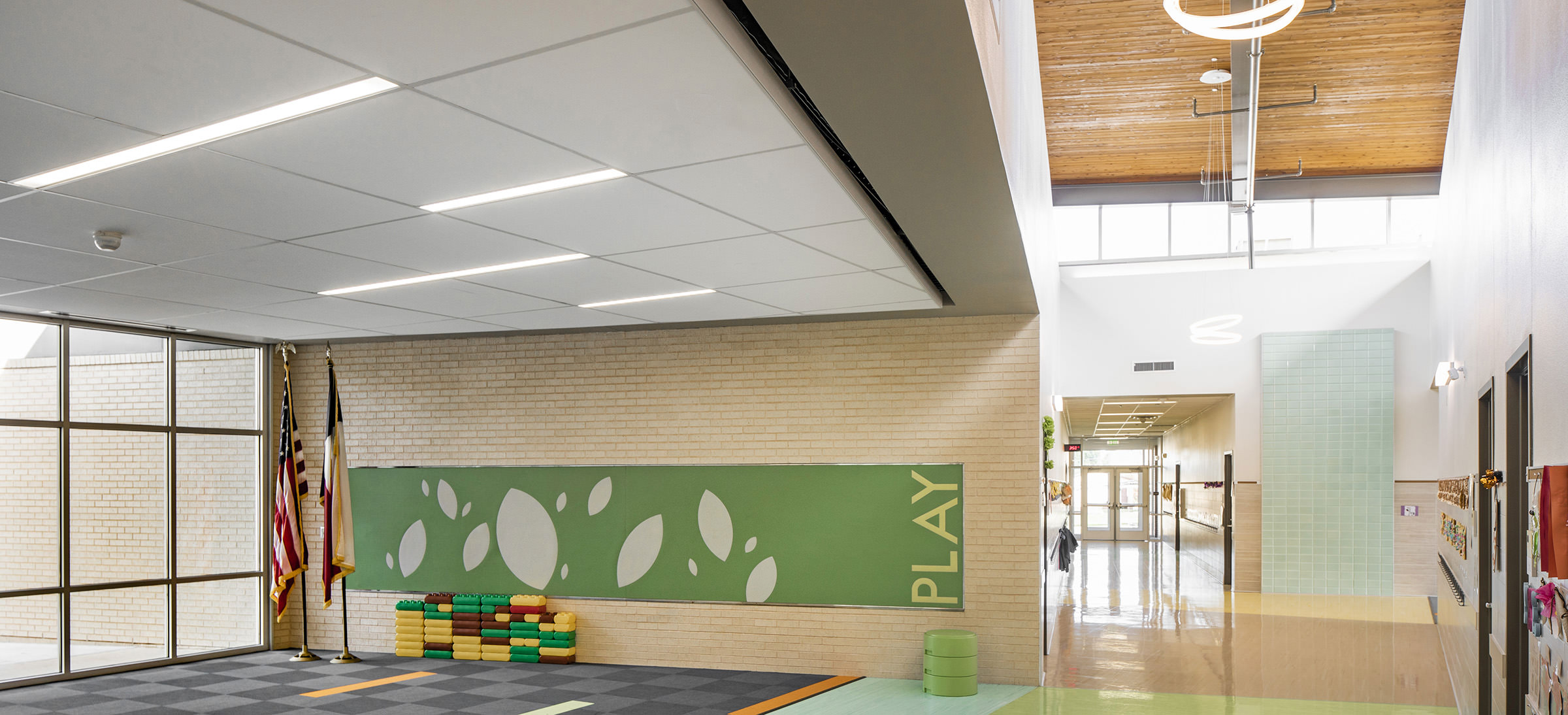
08.03.2020



On May 22, 2020, BRW Architects hosted a virtual panel discussion with local DFW school districts, giving them the opportunity to share their current challenges and concerns as they prepare for the impact that COVID-19 will have on the start of the Fall 2020 semester. The exchange that followed focuses not only on what they know will be different but also on the anticipated challenges of launching a new school year in the midst of uncertainty.
Read more below or you can download the PDF article here.
Typically, because we’re at different physical locations, our facilities group spends a lot of time traveling back and forth for meetings with our administration. During the quarantine period, everything went virtual and we gained some initial efficiencies, but that seems to have backfired a little. Now it’s one Zoom meeting after another, with hardly enough time between meetings to grab a drink or a bite to eat. We’ve become more efficient, but we’ve become busier at the same time. We are definitely learning to be more respectful of each other’s time and better at monitoring our own expectations.
The days can be exhausting. Staying attentive and engaged in this new environment can be a challenge. It’s important to stay apprised on what’s going on, but it’s also important to make wise decisions about which meetings we need to participate in and which ones are not as necessary. Virtual meetings have been great for fast communication, but in some instances, face-to-face meetings are still more efficient and lead to quicker problem-solving.
The current climate has shifted some of our priorities. Everyone’s scope of expertise and focus is a little different, but in this current environment, we are all forced to pull together to tackle the biggest issues and there are many, but student nutrition is a big one. Most of us on this panel don’t have a background in student nutrition, but this is the most imminent situation changing minute by minute and affecting all of us.
Many don’t realize that meal programs are a major source of income for school districts. Even more, don’t realize the meal programs’ importance to the children in our communities. When schools closed due to quarantine, we had to move all that food from the kitchen to the curb – not to protect our investment, but to feed our kids. That put enormous stress on our staff. They went from rarely moving beyond the front lines of the kitchen to pushing hundreds of gallons of milk from the kitchen, to the curb into people’s cars. And we need to retain these dedicated employees. If we don’t pay them now, will we be able to get them back to serve a public good when we need them?
On one hand, we’re dealing with the loss of nutrition revenue; student nutrition is eating our lunch. We didn’t have a plan in place for an extended closure. In April, we transferred money from the general fund to the student nutrition department to ensure they can function when it comes time for school to start in the fall. The loss of revenue and its potential economic implications are far greater than the incremental costs that we are experiencing right now.
Many of the new safety measures are not written into current budgets. Of course, no one has experienced anything of this nature before, but schools do deal with outbreaks and we are not completely unprepared. Generally speaking, we try to stay on the cutting edge of what’s happening with wellness and hygiene inside our buildings. Most of us already have a hand hygiene program in place with sanitizers, fans, misters, and those types of things. Our Assistant Director of Operations stays at the forefront of these issues, so when our Health Services Coordinator heard rumblings of a potential outbreak in November 2019, we started increasing our stockpile.
Prior to the pandemic, we had already started approaching things a little differently. We eliminated the need for floor waxing from our facilities in a lot of our renovations. We outsourced our custodial work and made deals to provide things like sanitizing dispensers to offset the cost of waxing. This provided dispensers in every classroom and assembly area and the cost of the sanitizer is included in our custodial company agreement. We were a step ahead by already having hand sanitizer dispensers installed. We still have to change from a water-based solution to alcohol-based, but it is not a huge expense.
Up to this point, much of this has been handled by redirecting our resources. We are moving people around and shifting resources. For example, we are ordering less toilet paper because we have not had people in our buildings for two months. This gives us the opportunity to move expenses in our existing budgets. There is talk that we will be reimbursed by the government for things that are COVID-related and we’re accounting for that, but we’re not building the promise of reimbursement into our budget.
Our job in this department, in this field, is about problem-solving – coming up with solutions and making them happen. The problem is that this came on so suddenly, and we cannot cover everyone’s problem. There is a feeling of helplessness. Not that we cannot solve the problems, but that we cannot solve all of these problems at the same time. So, you start trying to figure out how to narrow them down, saying “I can do ABC, and that’s it right now.
Right now, it’s just too hard to speculate. Many of us have tried to get ahead of this, trying to plan for every possible scenario in an attempt to be reasonably prepared. It’s difficult with so many unknowns, and frankly, it’s burning us out.
Districts are anticipating an average of 17 students per classroom, down from an average of 20 to 25 students per class. There will be demand for additional classroom space if all students return in the Fall. Social distancing is an even bigger issue in terms of busing. Following the current guidelines, our Operations Director projected each bus could only accommodate 9 children.
For growing districts, operating at anything less than full occupancy will have major implications. At this point, we’re referring to guidelines we’ve been given for summer programming and daycares as a primer for the Fall semester. With confirmed cases varying from district to district though, and not knowing what things will look like in the fall, we don’t have a good picture of what the impact will be. We have had many interesting conversations in preparation for the fall – about what we are and are not providing to our staff, and where that dividing line is. At this point, the majority of our staff have returned. We are maintaining a six-foot distance and wearing masks when we’re in proximity with each other; we’re practicing hand-hygiene and we have done our training. Now the questions start: who gets gloves; are we providing masks; what about acrylic shields for staff and desk shields for the kids? Acrylic shields are going to be the portables of 2020. A few years from now, they will be normal.
We are already getting a glimpse as we move into summer school, and honestly, it hasn’t been that hard. For staff interfacing with the public – those handling walk-in registrations, for example – we are providing them acrylic shields. As for the buildings themselves, we haven’t had too many issues meeting the requirements. But that will look different when and if, everybody is back in the fall.
This is definitely a topic of discussion. There may be a portion of our student population that can continue to distance learn. What we discovered from the conclusion of the Spring semester is that there are segments of our communities where learning from home is not a problem. For students with discipline, resources, and parental guidance, distance learning was a positive experience. However, there are students in our communities who just absolutely have to have the structure of a classroom, led by an instructor, in order to be successful. We have found that, regardless of economic circumstances, students who have English as a second language or are receiving special education services have difficulty learning in a virtual environment – and we have not required them to distance learn for Summer school. If you apply that same approach in the Fall, those students who need in-person instruction would have priority over those who are able to distance learn when it comes to getting back to campus.
On the subject of age groups, that’s a question worthy of consideration. It is a big challenge and will require the deployment of different, age-appropriate curriculum and instruction. One district is looking at keeping the high school and middle school kids in a virtual learning environment in order to dedicate all the classroom space in the District to elementary education. This will allow the youngest students to receive more structured, personal learning at a safer social distance. And then there is the question of space and staffing for our Special Education programs. These kids will require more personal supervision, so staffing these needs will be a challenge.
Our office of Transformation and Innovation is looking at creating more open environments, defined by moveable partitions, chalkboards, and bookcases – taking advantage of flexible furniture options that will allow larger areas to be reconfigured quickly to suit the number of students and subject matter being taught. Some of our schools that are currently under construction avail themselves to more open learning space that better accommodates distancing requirements while meeting the demands of the curriculum. The question is, how quickly can we implement that.
And that brings up a major challenge. Our current construction projects were already requiring us to create swing space over the summer to accommodate students in the fall. Due to social distancing, returning students will fill up every classroom available. Our distancing challenge is amplified where we have schools that are undergoing complete renovations. It is going to be tough.
Many of the requirements are just not feasible. Look at busing; if we follow the guidelines, it will take a week and a half to just get the kids to school. The Task Force list is quite long and they’re working hard to address a large spectrum of needs; there are elements that apply to a variety of areas, including facilities. But our needs are very specific, and we are working hard to keep our Superintendents informed on the potential implications for our operations.
At the District level, we need to include everybody in the conversation – not just facilities, but the transportation and nutrition departments. Engage everyone now. Make everyone part of the plan today, instead of explaining later why things won’t work. It’s very frustrating when you’re not invited to the table to collaborate, but every decision has an impact on your operations.
We can’t expect that one solution will work for all. It’s going to take collaboration. We’ve discussed this in our operations meetings – the importance of bringing all the players to the table to make plans together for the Fall. Our Superintendent has a pretty good pipeline to the State – to listen and advocate for us. We’re going to need some flexibility in implementing plans so that our school districts can make things happen.
Leadership is doing a great job of keeping us informed, but we are all stretched thin. There are so many people with so many questions. People are looking to us for solutions. We’re flying by the seat of our pants as fast as we can. We need to be able to interject ourselves into the conversation to gain a better understanding; so we can be advisors when it comes up again. Our job in this department – in this field – is all about problem-solving; coming up with solutions and making them happen. That is what we are here for, we are here to help each other.
We are here to help figure it out.
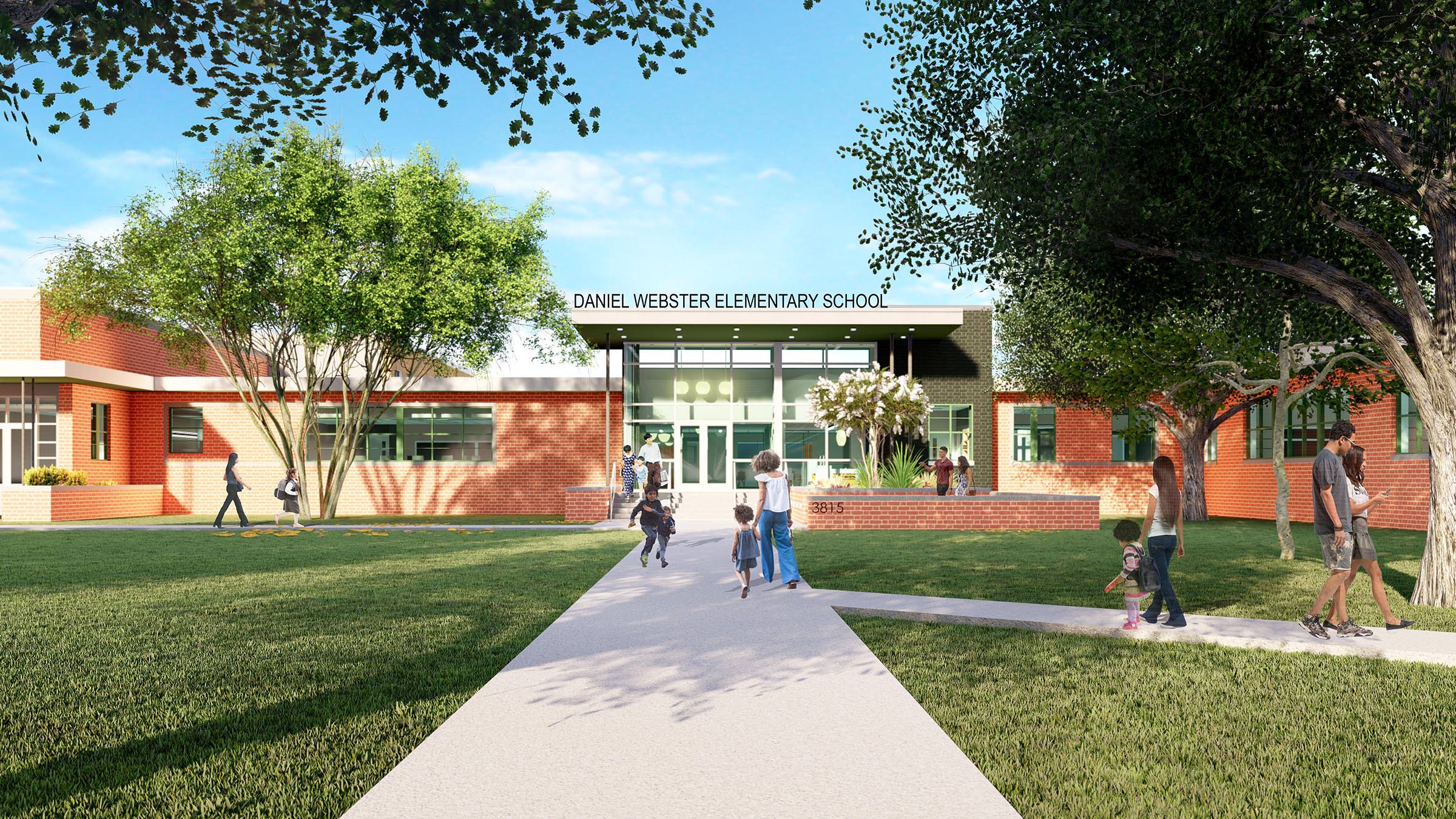

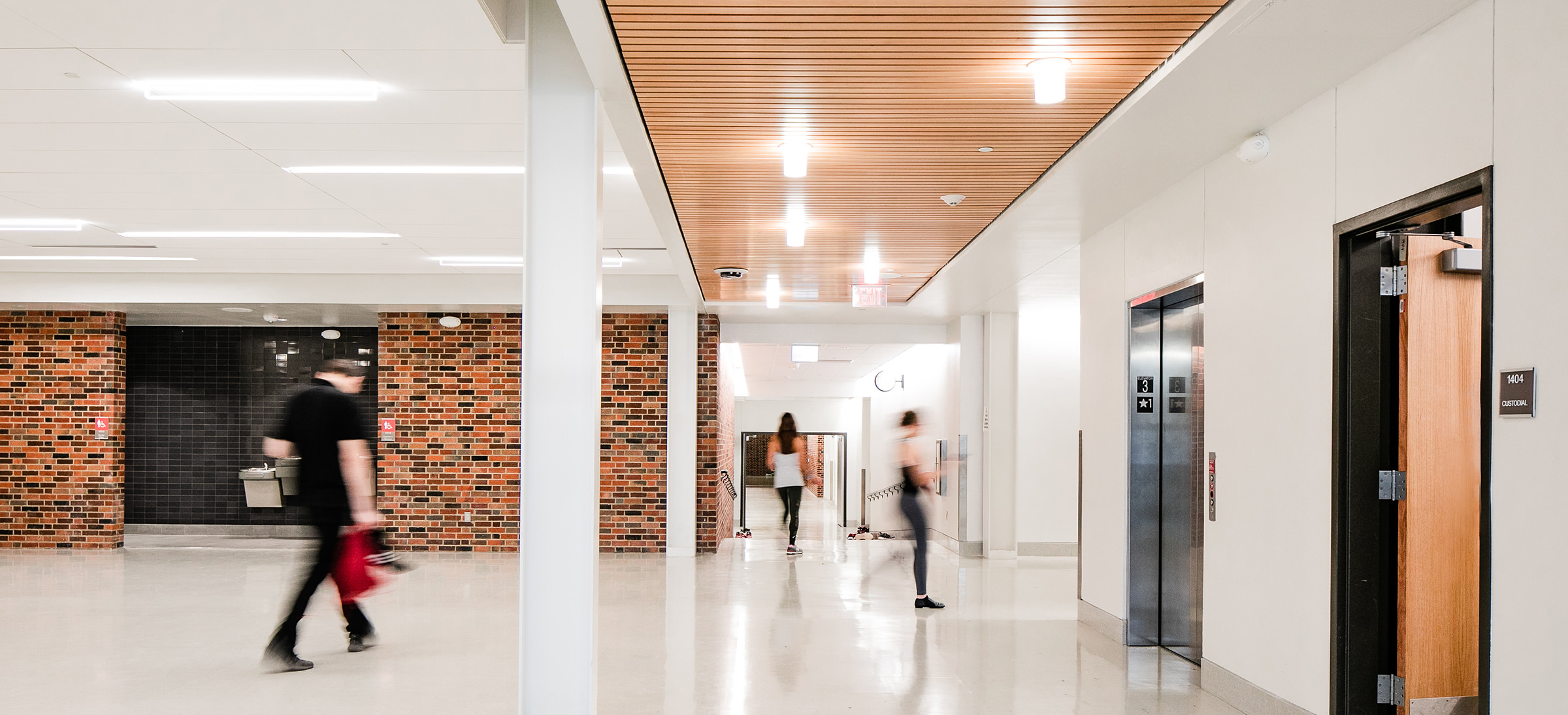

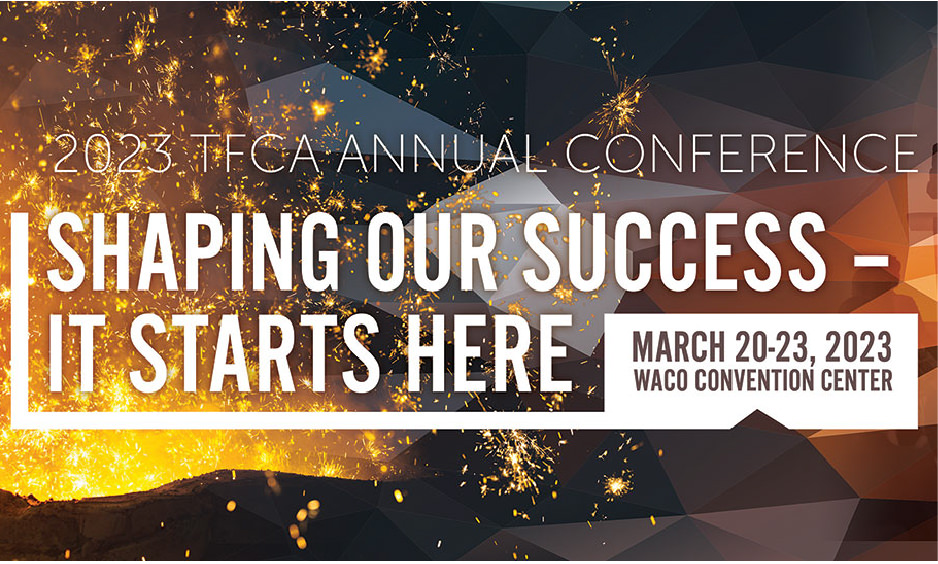
2023 Texas Fire Chiefs Association Annual Conference
March 20-23, 2023
Waco, TX
Attending is: Peri Sutton, Traci Anderson, Stephen Hilt, and Ray Holliday
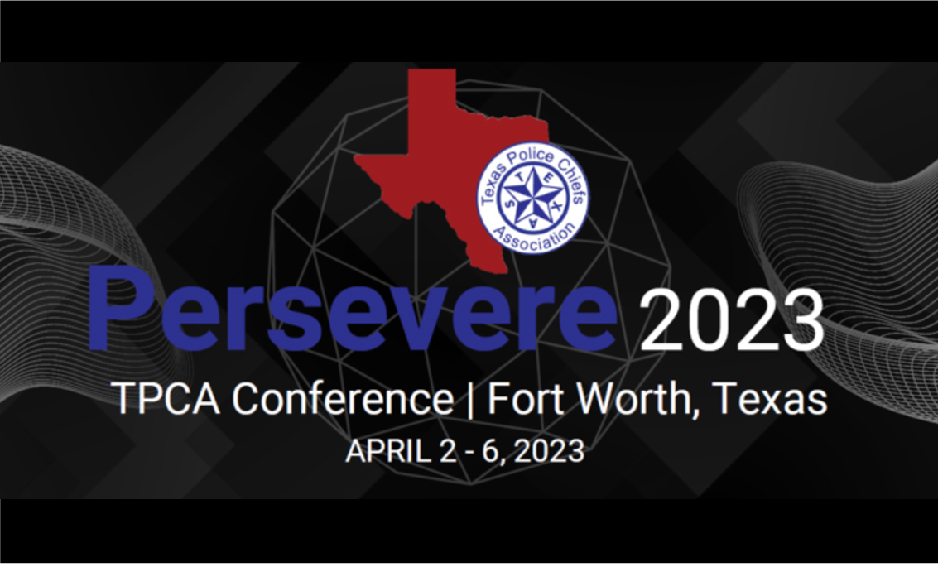
2023 Texas Police Chiefs Association
April 2-6, 2023
Fort Worth, TX
Attendees: Garrett Barker, Peri Sutton, Fred Clifford, Justin Dreyer, Stephen Hilt, and Ray Holliday
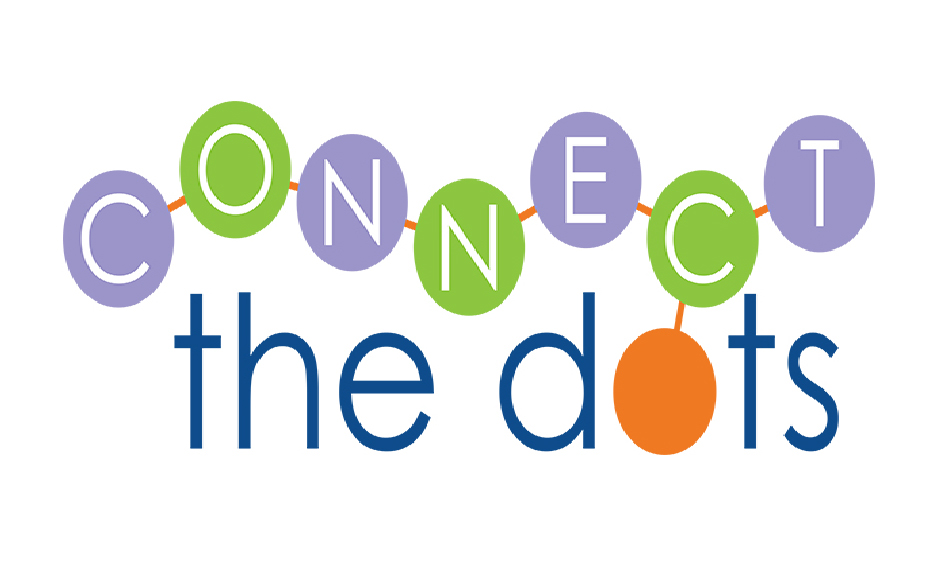
2023 A4LE Annual Southern Region Conference
April 3–6, 2023
Tulsa, OK
Attendees: Lisa Lamkin, Kathy Lee, Steve Johnson, and Anne Hildenbrand
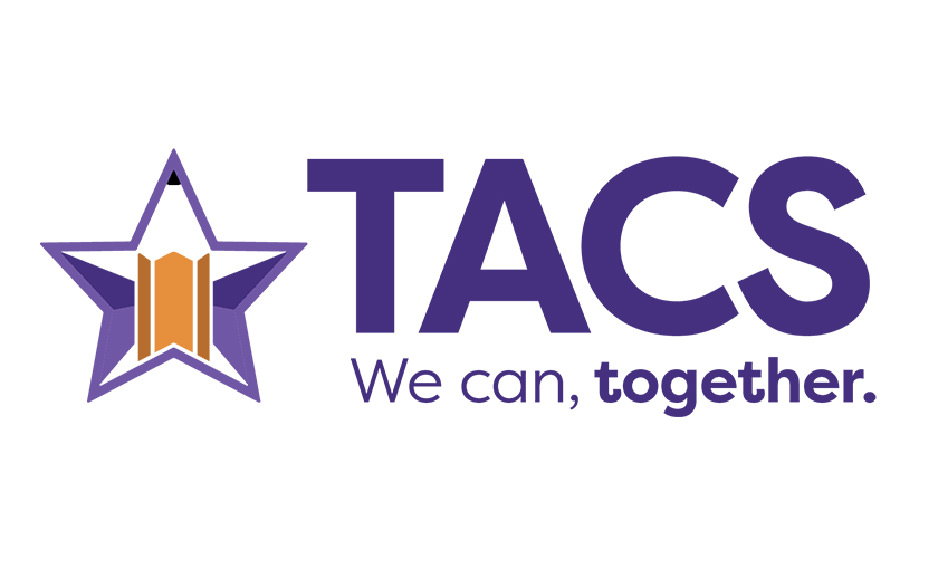
2023 TACS East Conference
April 5, 2023
Tyler, TX
Attendees: Rusty Crawford and Jeffrey Choyce
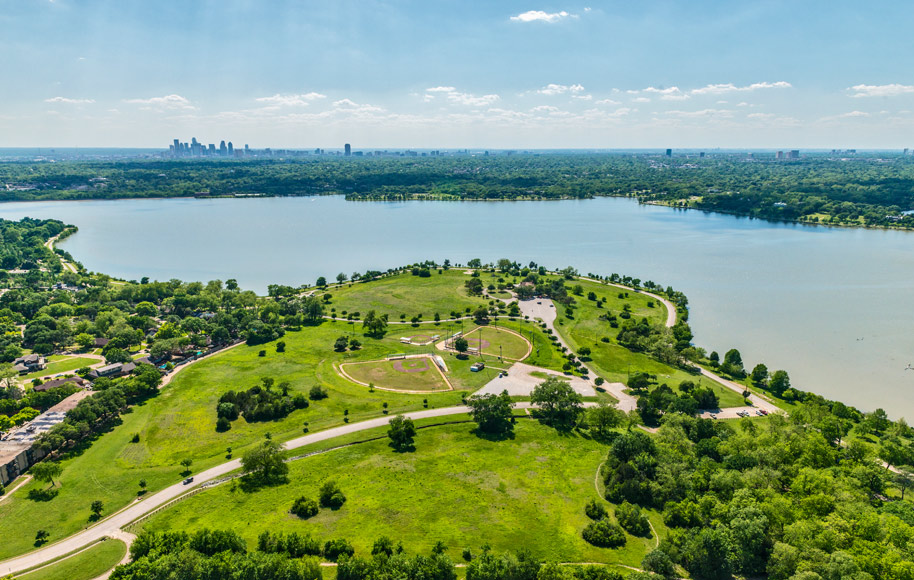
Dallas White Rock Lake Clean up
April 8, 2023
Join the BRW Dallas team in giving back! We will meet at 8007 E Northwest Hwy, Dallas, TX. As a group we will clean up the area around White Rock Lake from 10:00AM – 11:00AM.
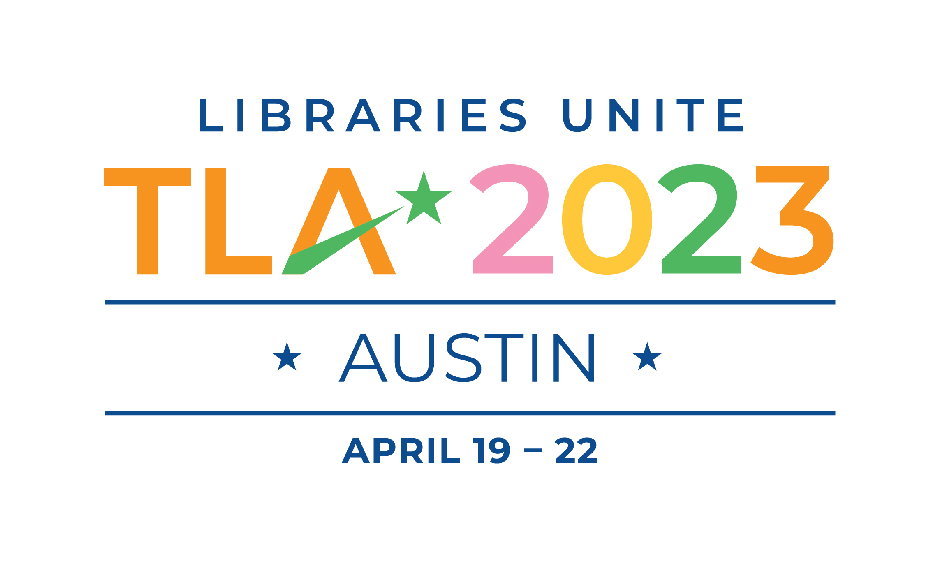
2023 Texas Library Association (TLA)
April 19–22, 2023
Austin, TX
Attendees: Matthew Duggan, Traci Anderson, Fred Clifford, and Stephen Hilt
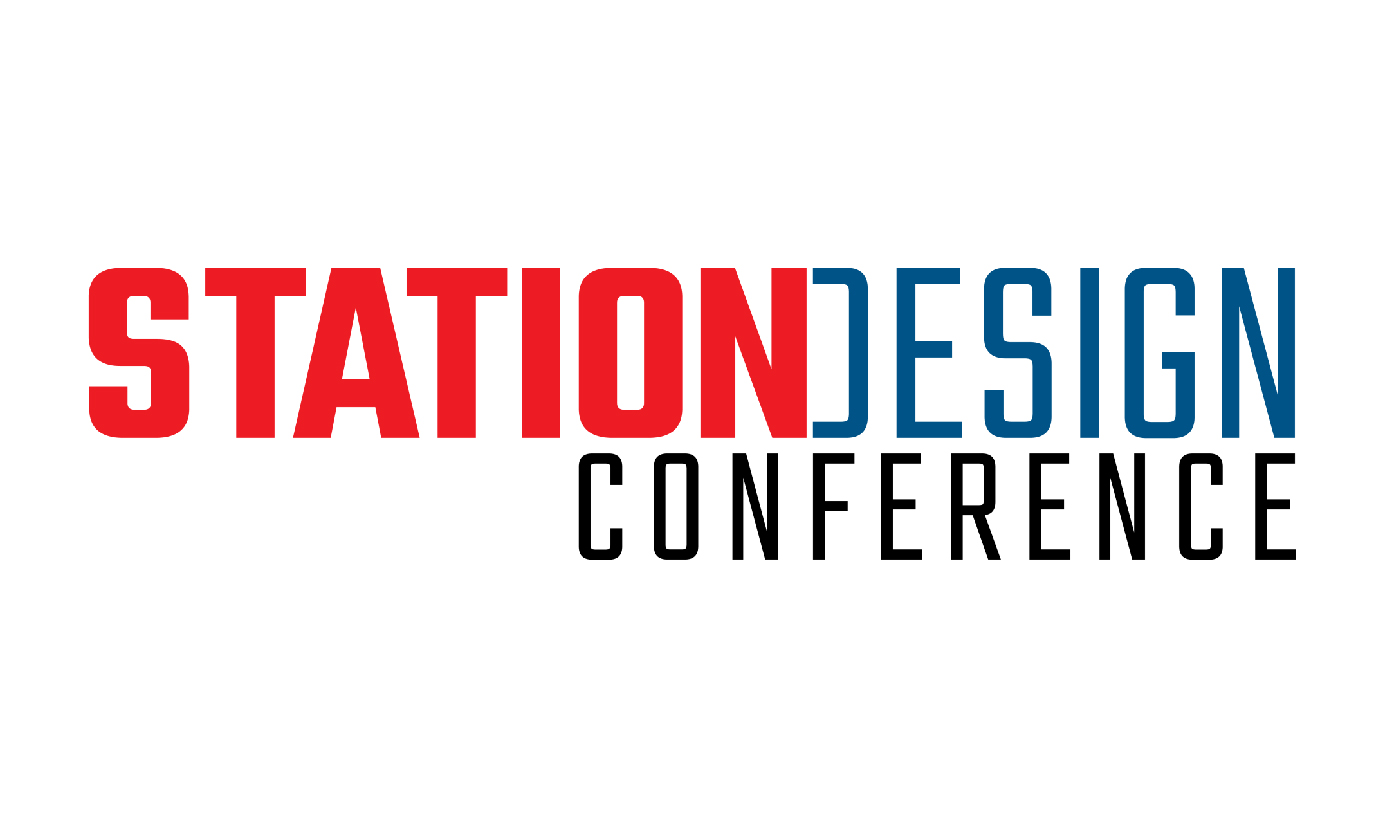
2023 Station Design Conference
May 23–25, 2023
St. Louis, MO
Attendees: Marcus Gibbon, Peri Sutton, Stephen Hilt, and Ray Holliday
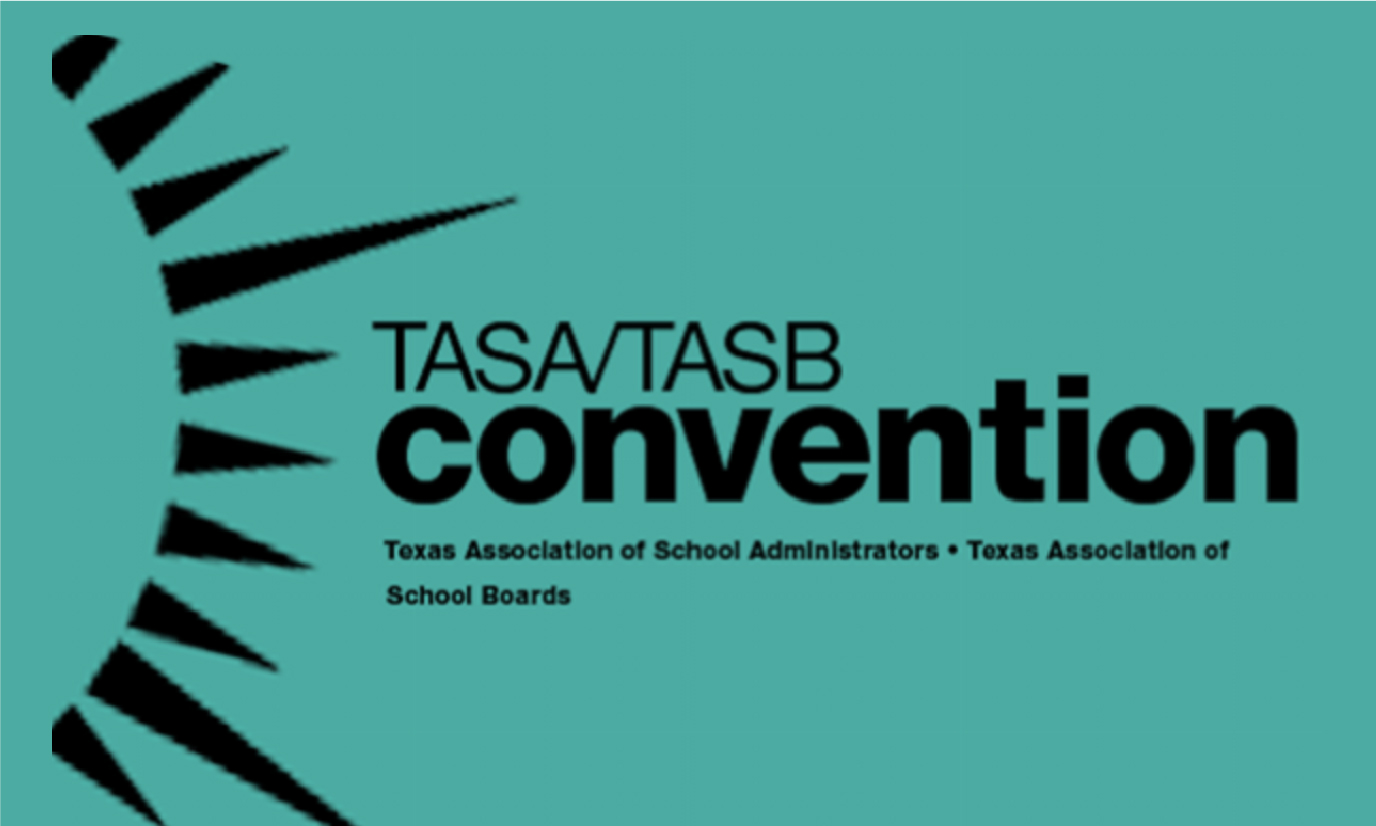
2023 TASA TASB Convention
Sept 29–Oct 1, 2023
Dallas, TX
Attendees: Rusty Crawford, Lisa Lamkin, and Jeffrey Choyce
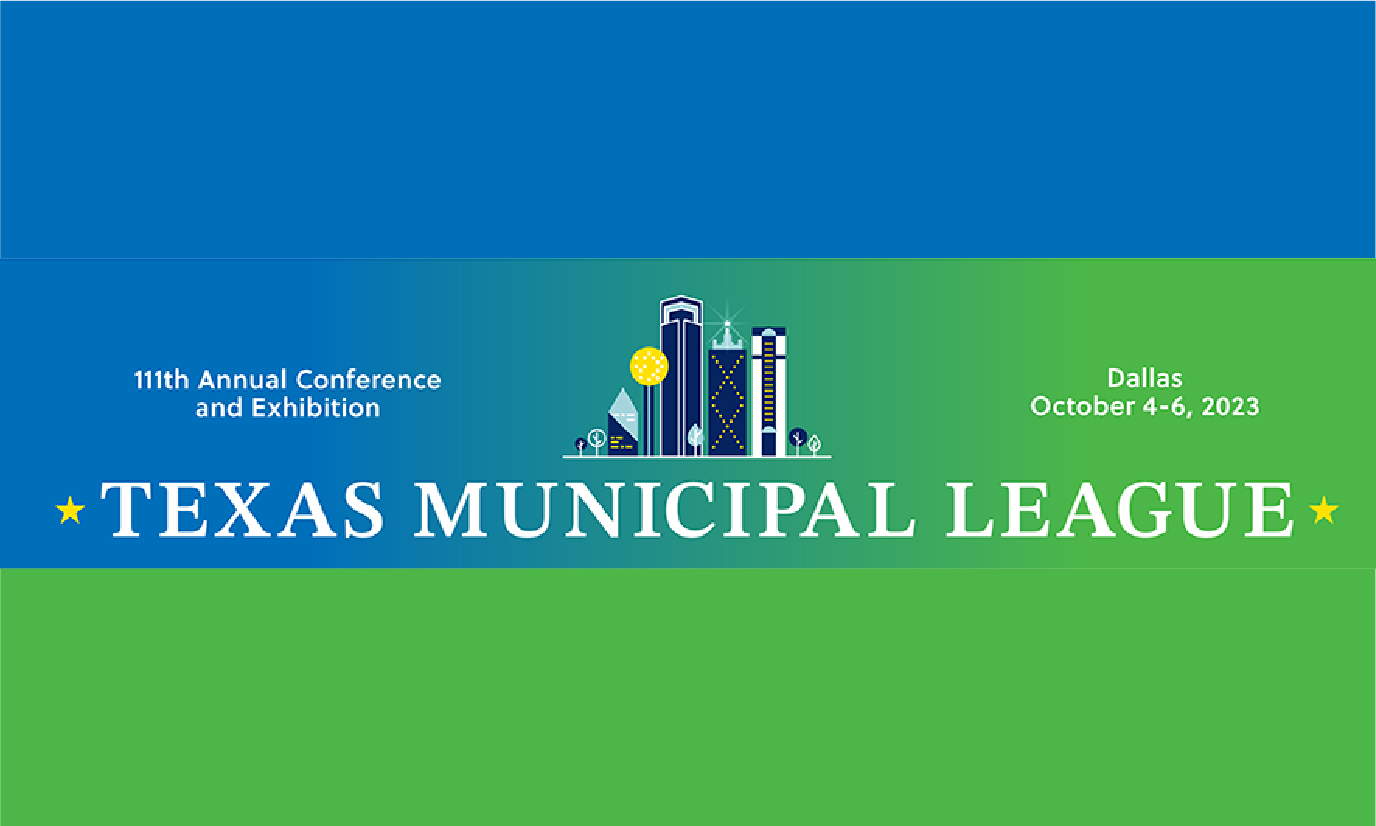
2023 Texas Municipal League (TML)
Oct. 4–6, 2023
Dallas, TX
Attendee: Fred Clifford